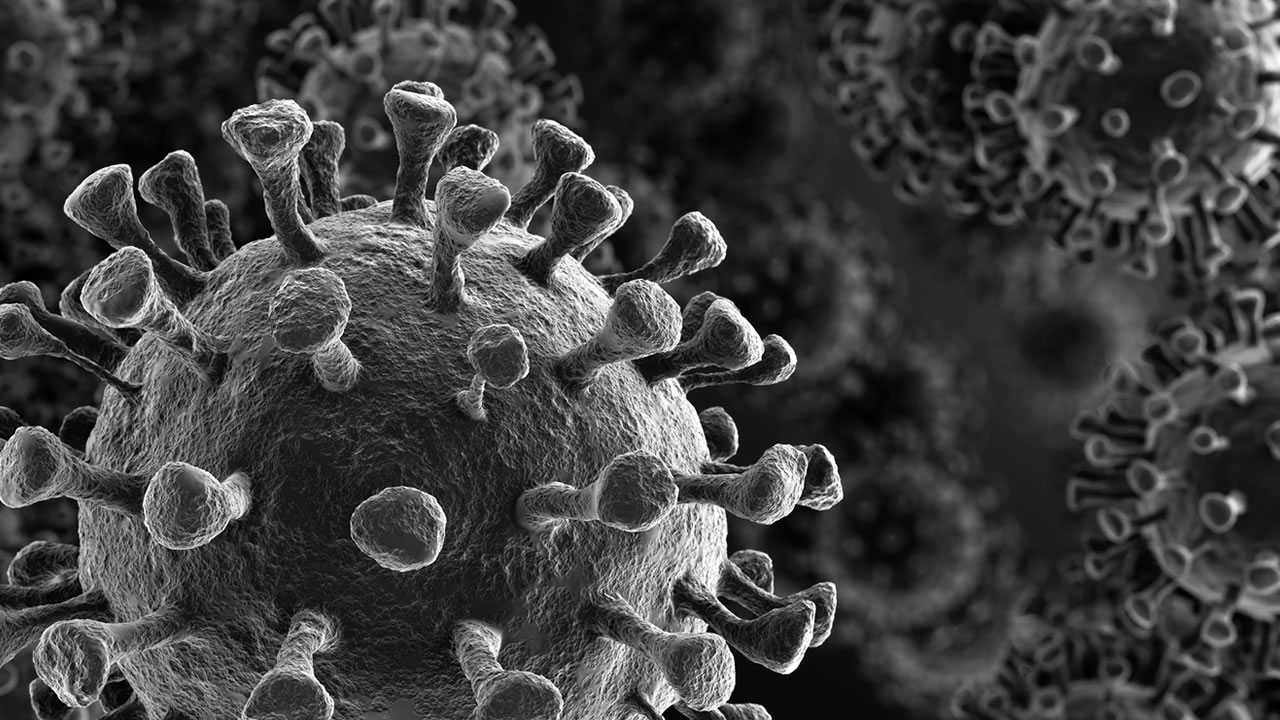Busting COVID-19 coronavirus myths: Facts from the Centers for Disease Control

As COVID-19 has spread, so have certain rumors, myths and other pieces of misinformation about the coronavirus. The Centers for Disease Control is encouraging the public to "share facts, not fear" and provided the following information on its website to debunk certain mistruths that are spreading:
Fact 1: Diseases can make anyone sick regardless of their race or ethnicity.
Fear and anxiety about COVID-19 can cause people to avoid or reject others even though they are not at risk for spreading the virus.
Fact 2: For most people, the immediate risk of becoming seriously ill from the virus that causes COVID-19 is thought to be low.
Older adults and people of any age who have serious underlying medical conditions may be at higher risk for more serious complications from COVID-19.
Fact 3: Someone who has completed quarantine or has been released from isolation does not pose a risk of infection to other people.
SEE ALSO: COVID-19 coronavirus information for Americans
Fact 4: You can help stop COVID-19 by knowing the signs and symptoms:
- Fever
- Cough
- Shortness of breath
Seek medical advice if you develop symptoms and have been in close contact with a person known to have COVID-19 or live in or have recently traveled from an area with ongoing spread of COVID-19. Call ahead before you go to a doctor's office or emergency room. Tell them about your recent travel and your symptoms.
Fact 5: There are simple things you can do to help keep yourself and others healthy.
- Wash your hands often with soap and water for at least 20 seconds, especially after going to the bathroom; before eating; and after blowing your nose, coughing, or sneezing.
- Avoid touching your eyes, nose, and mouth with unwashed hands.
- Stay home when you are sick.
- Cover your cough or sneeze with a tissue, then throw the tissue in the trash.
This story has been updated to reflect evolving information from the CDC.











